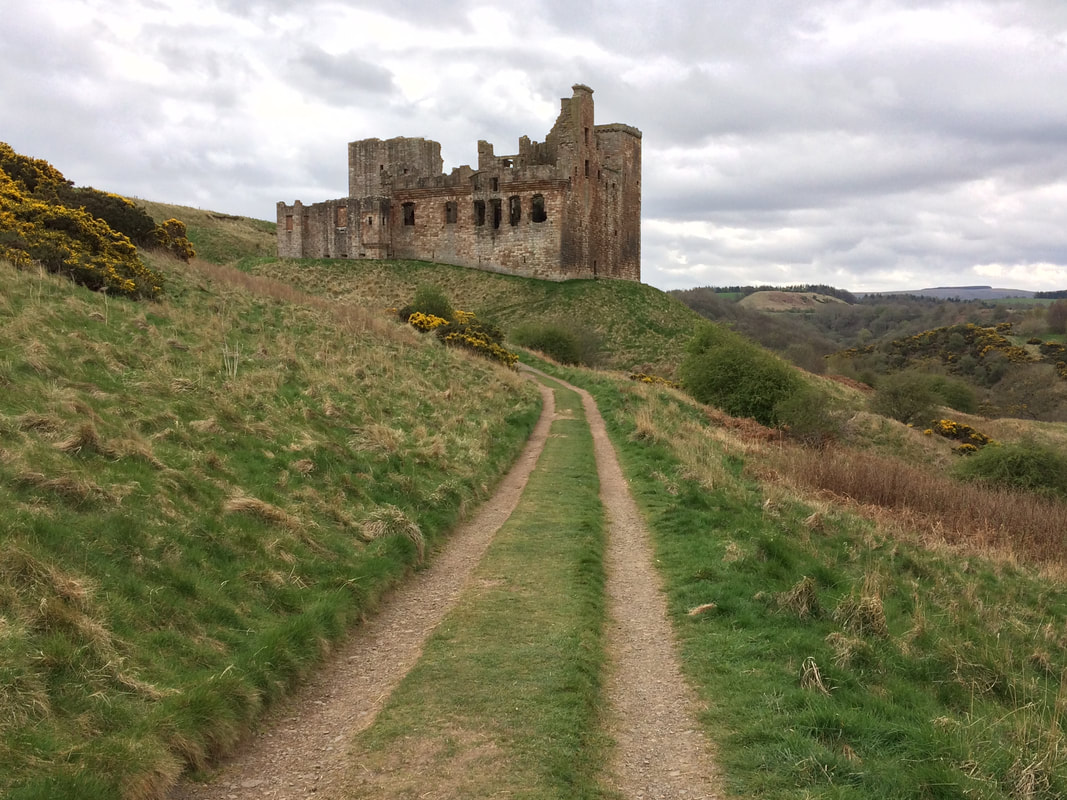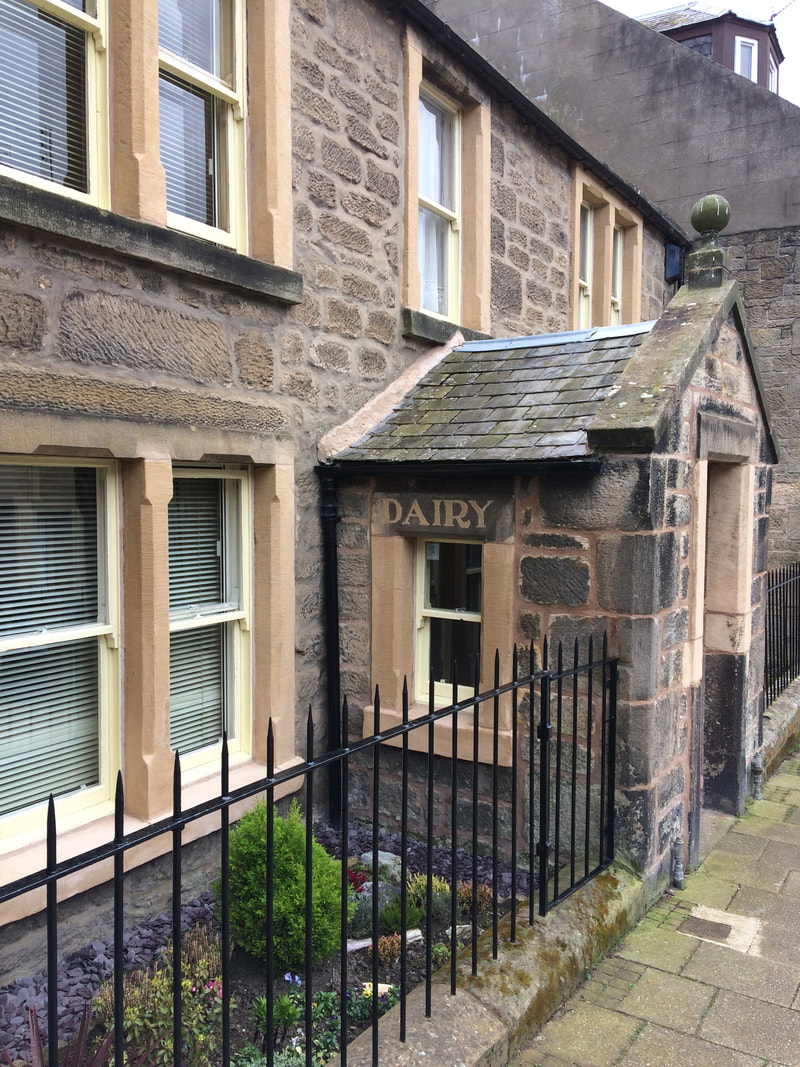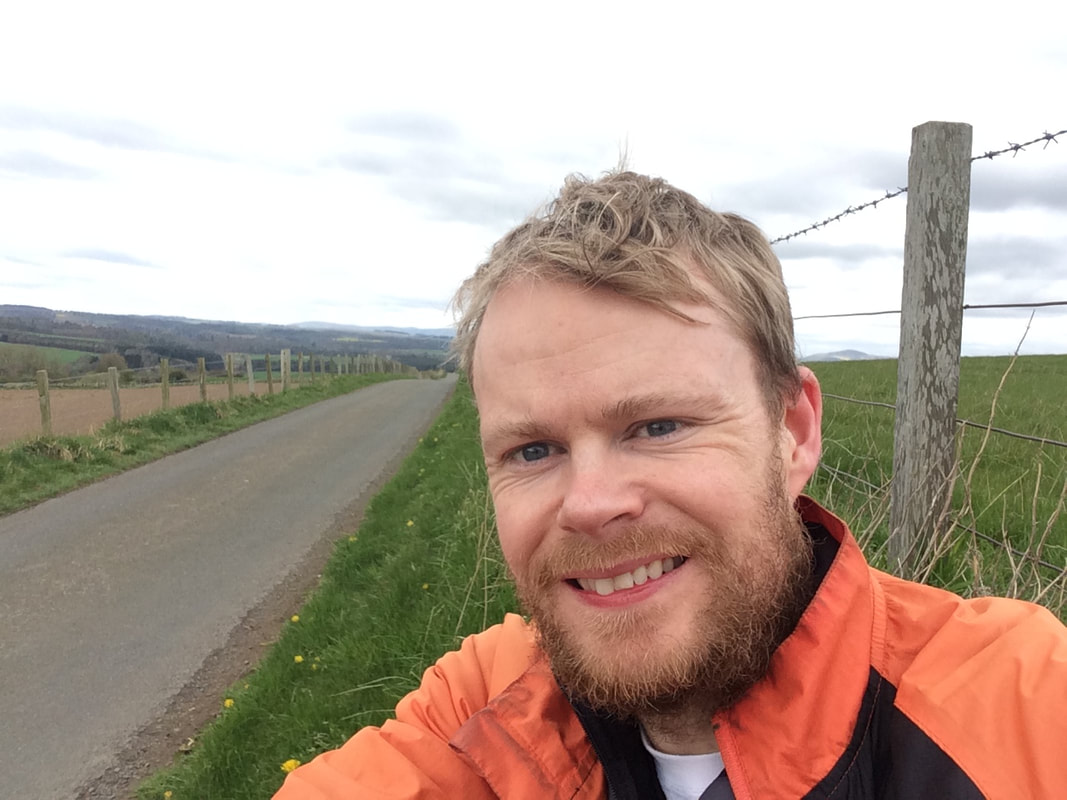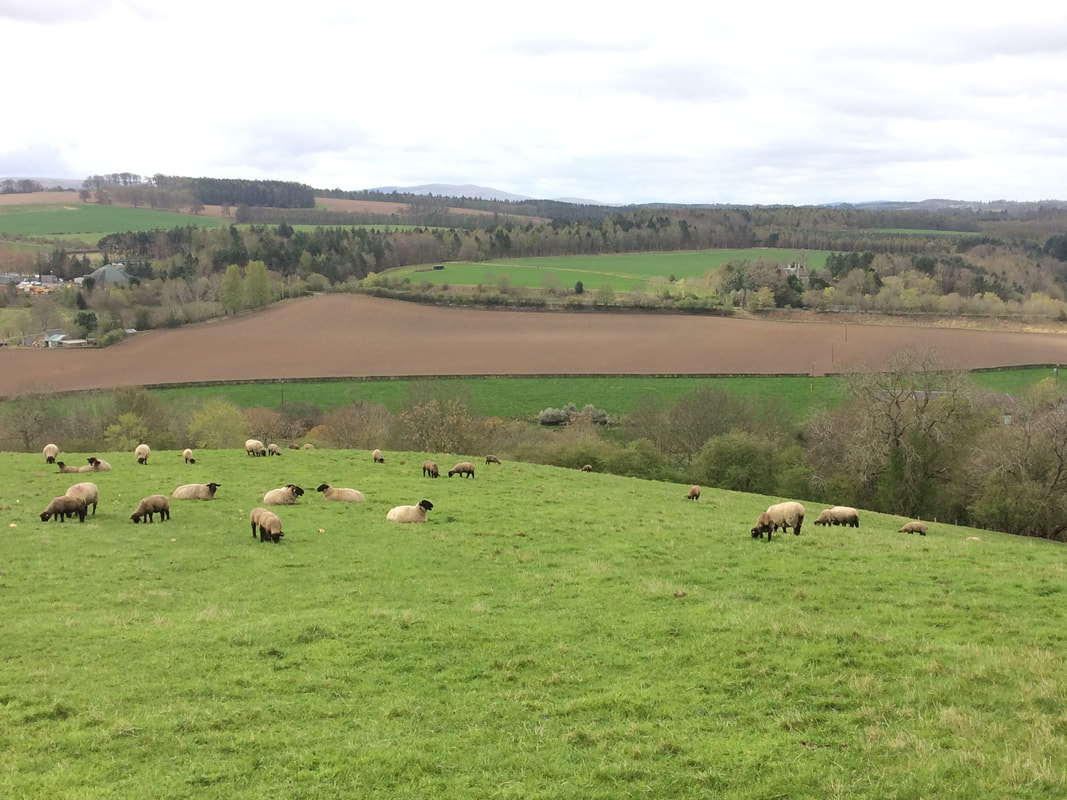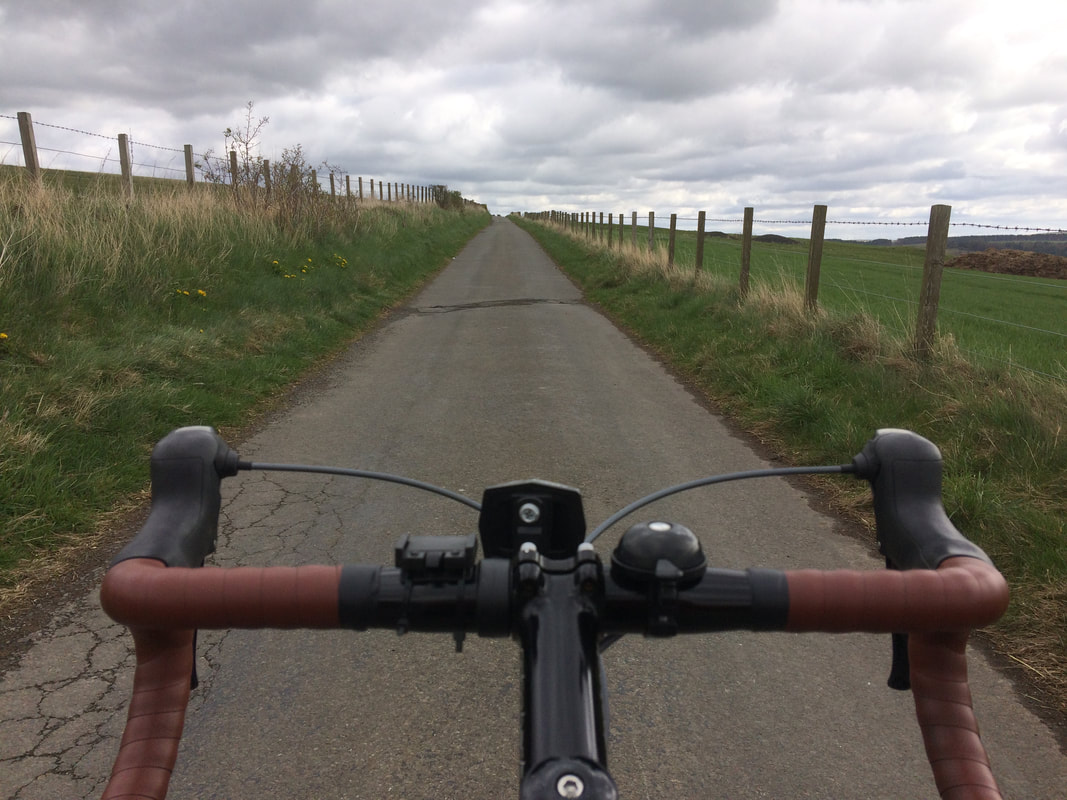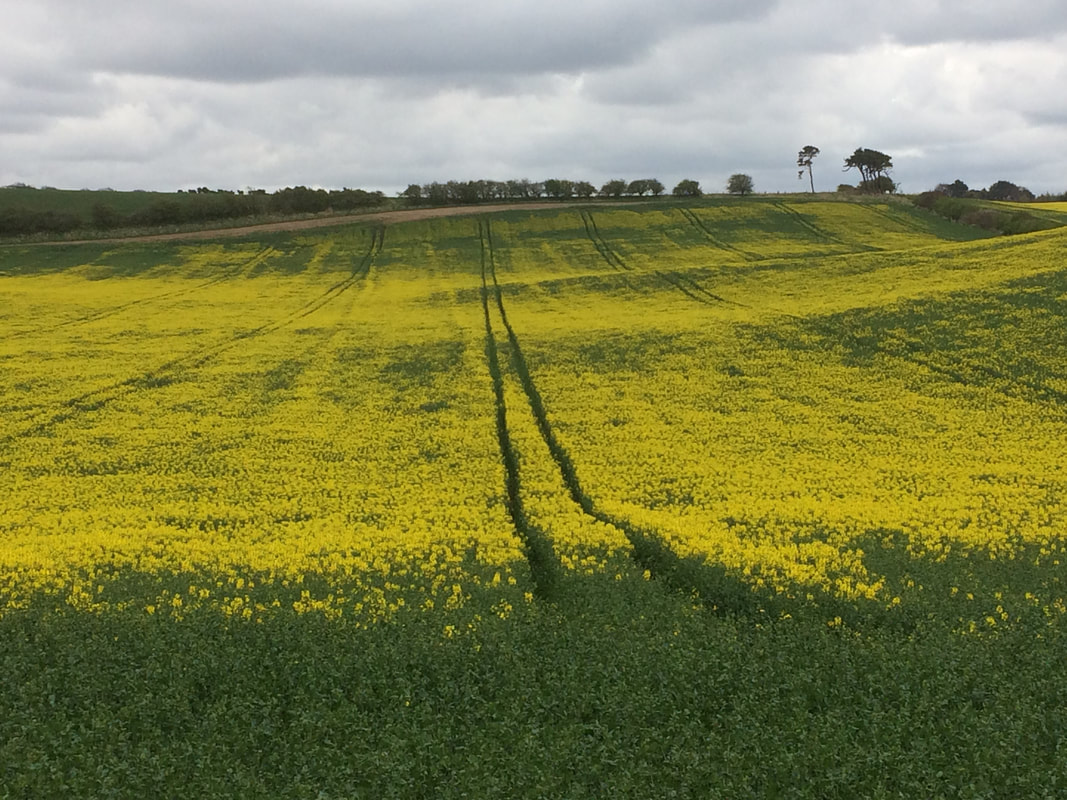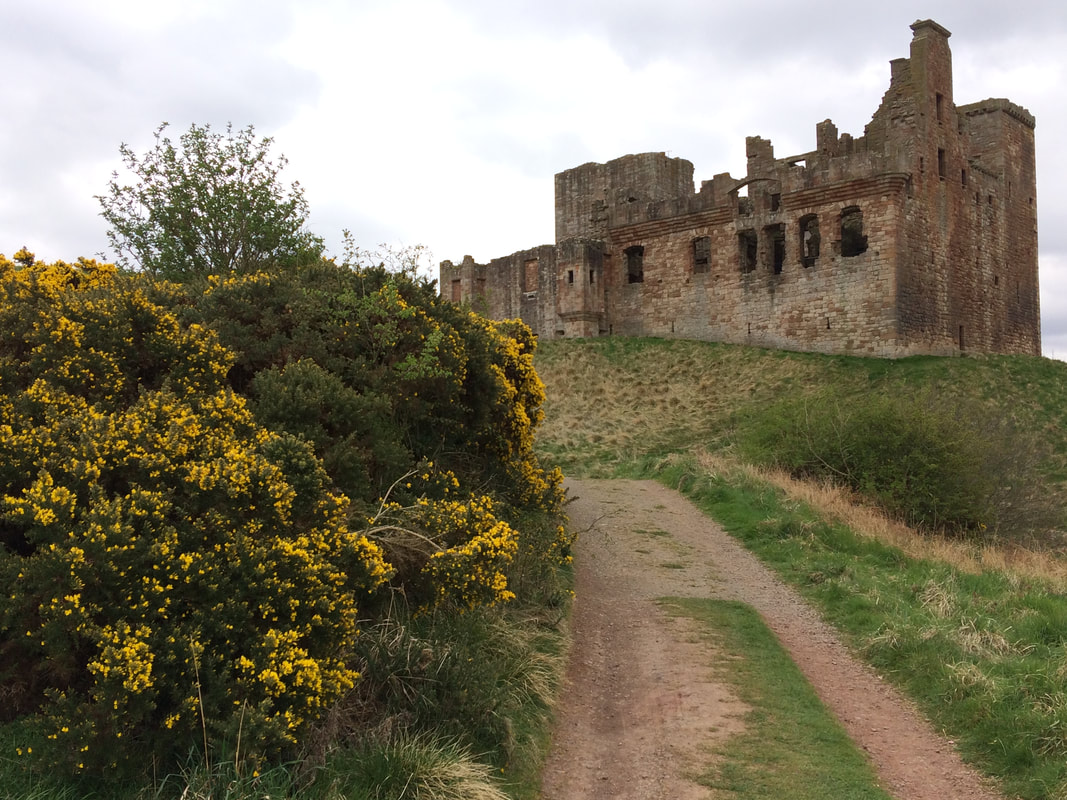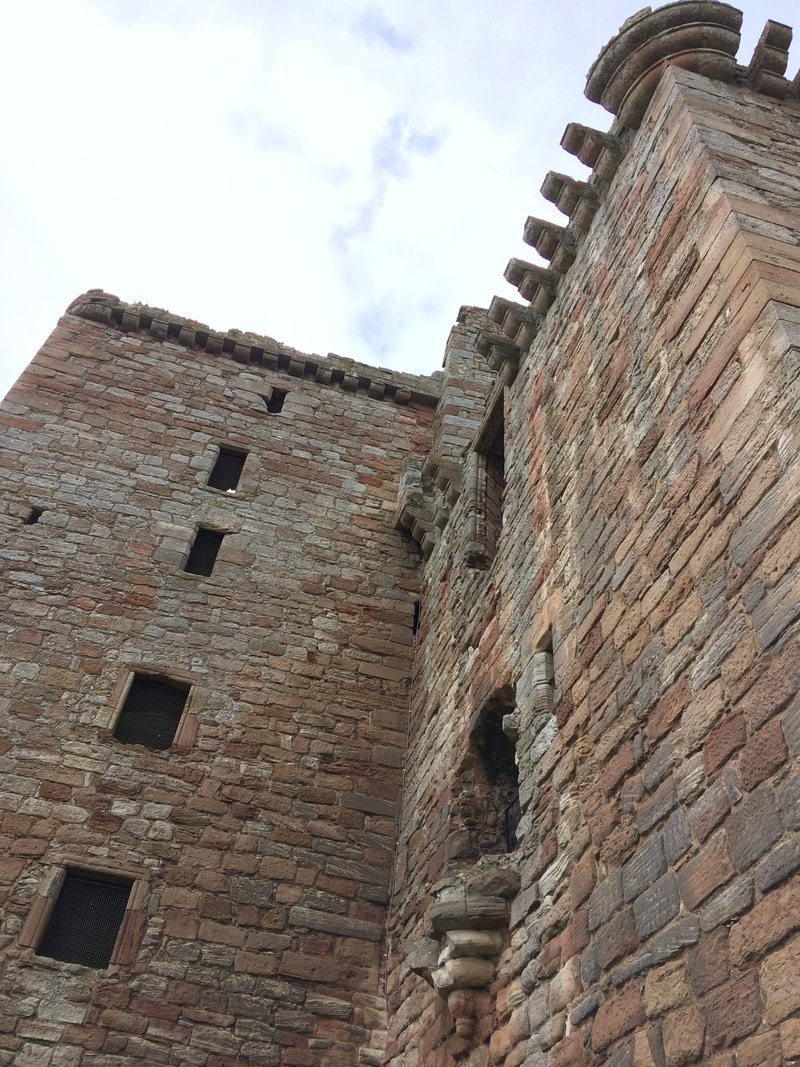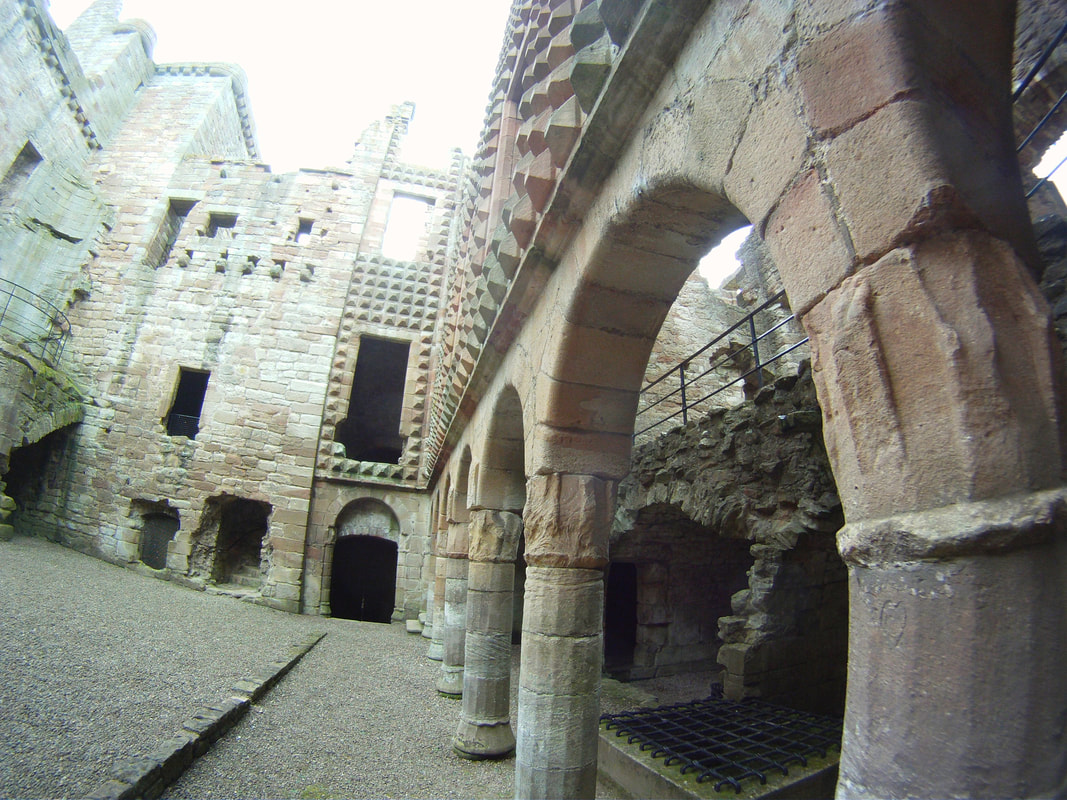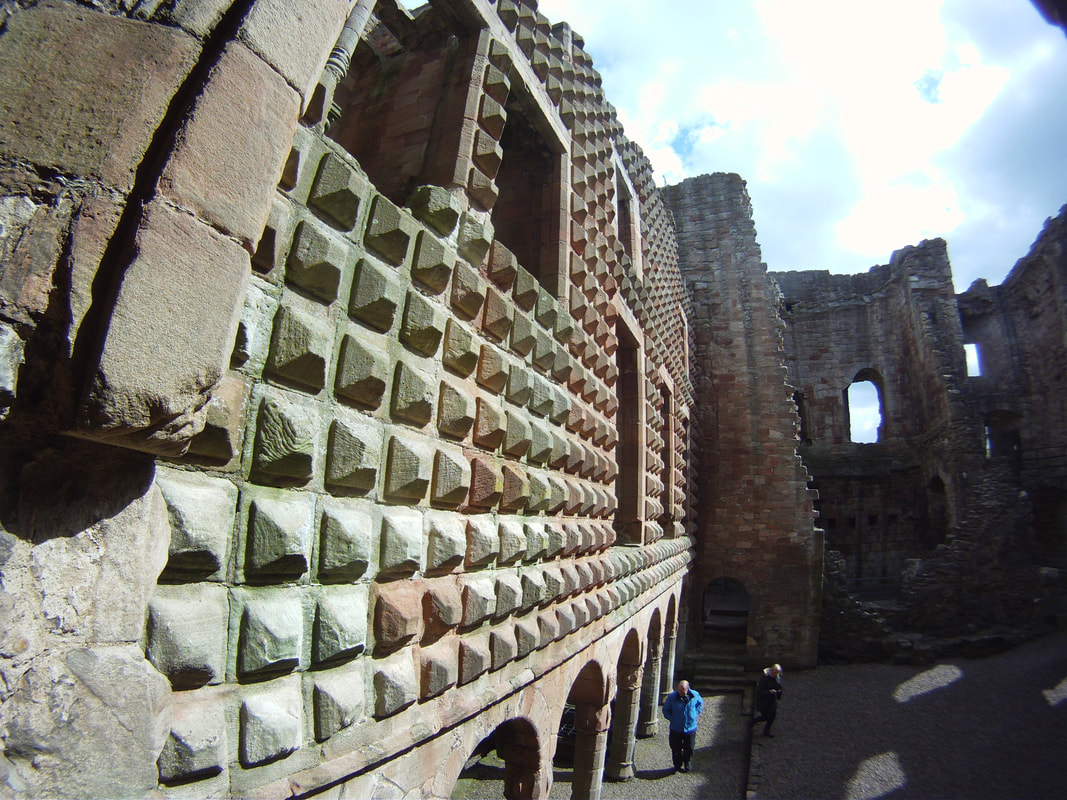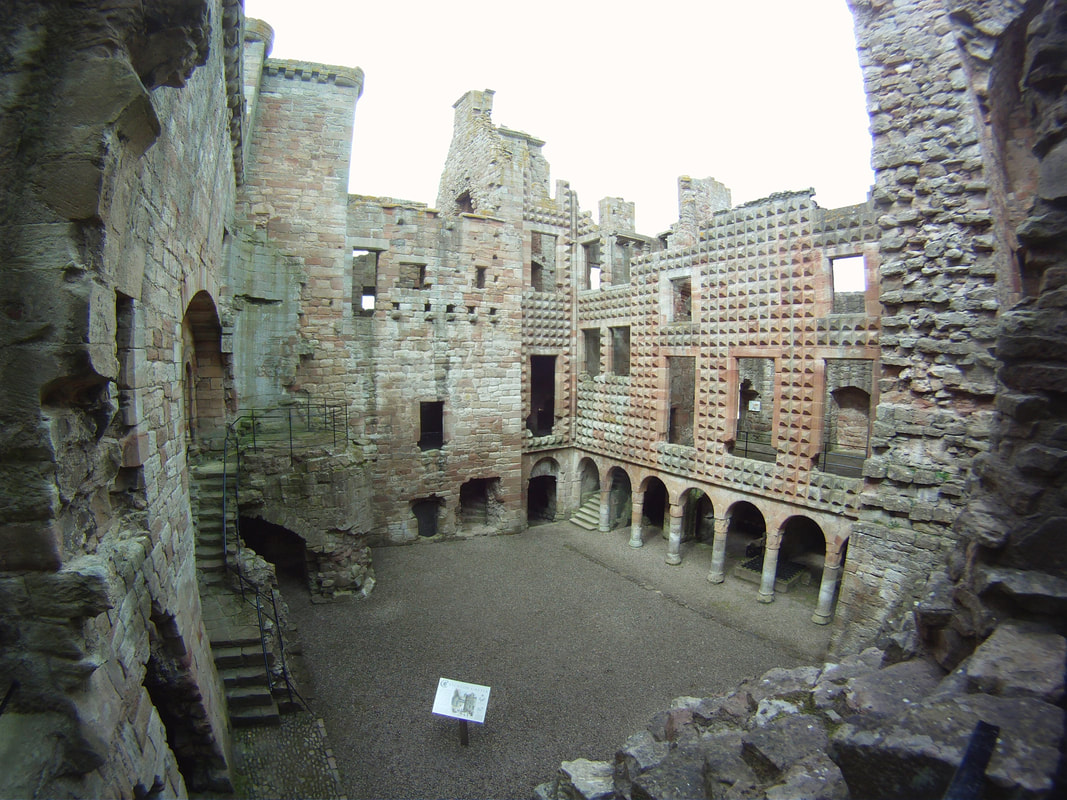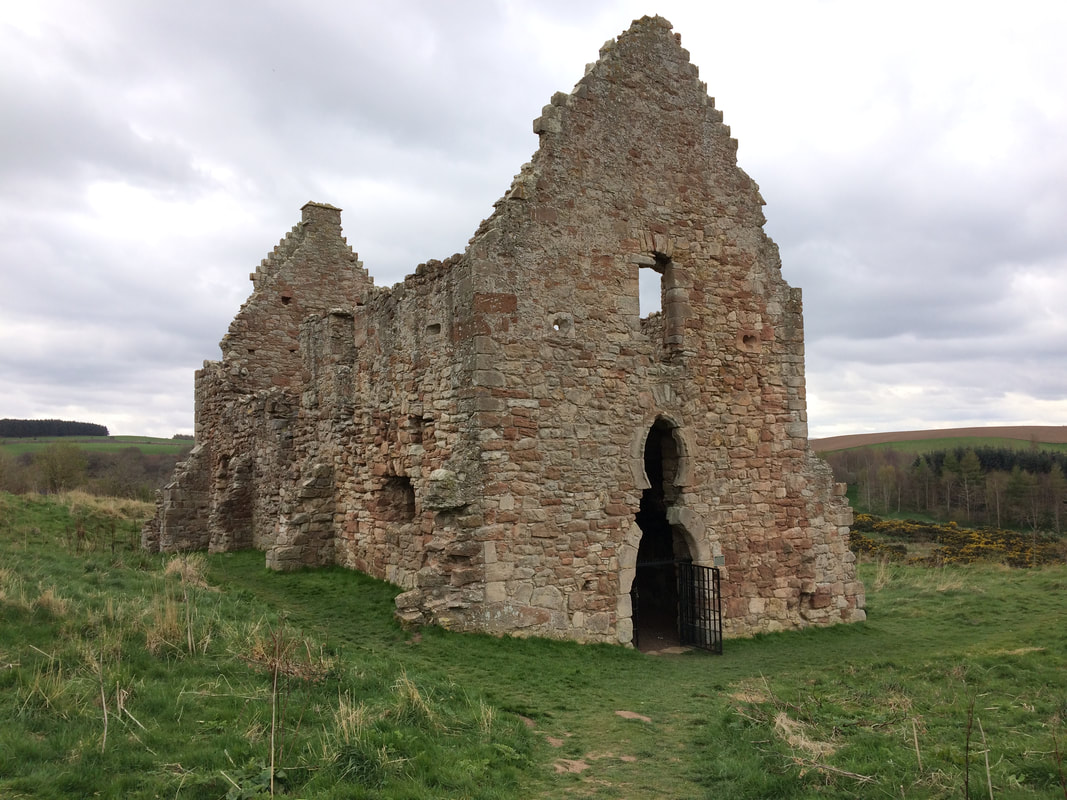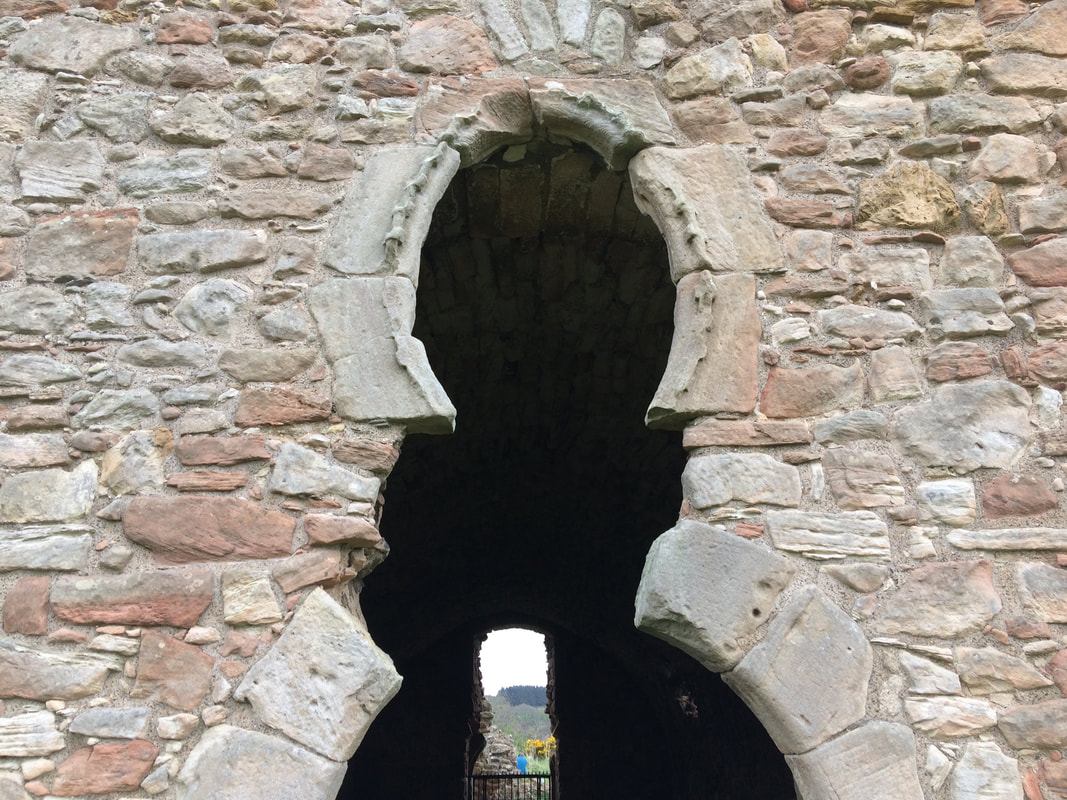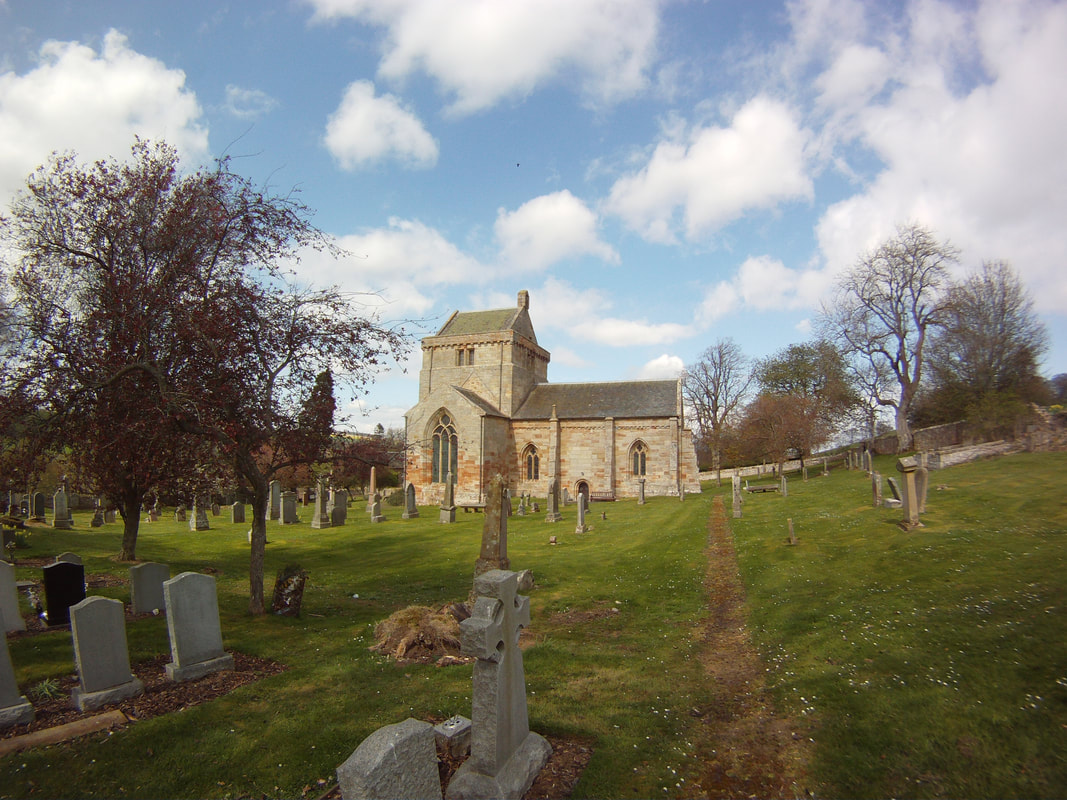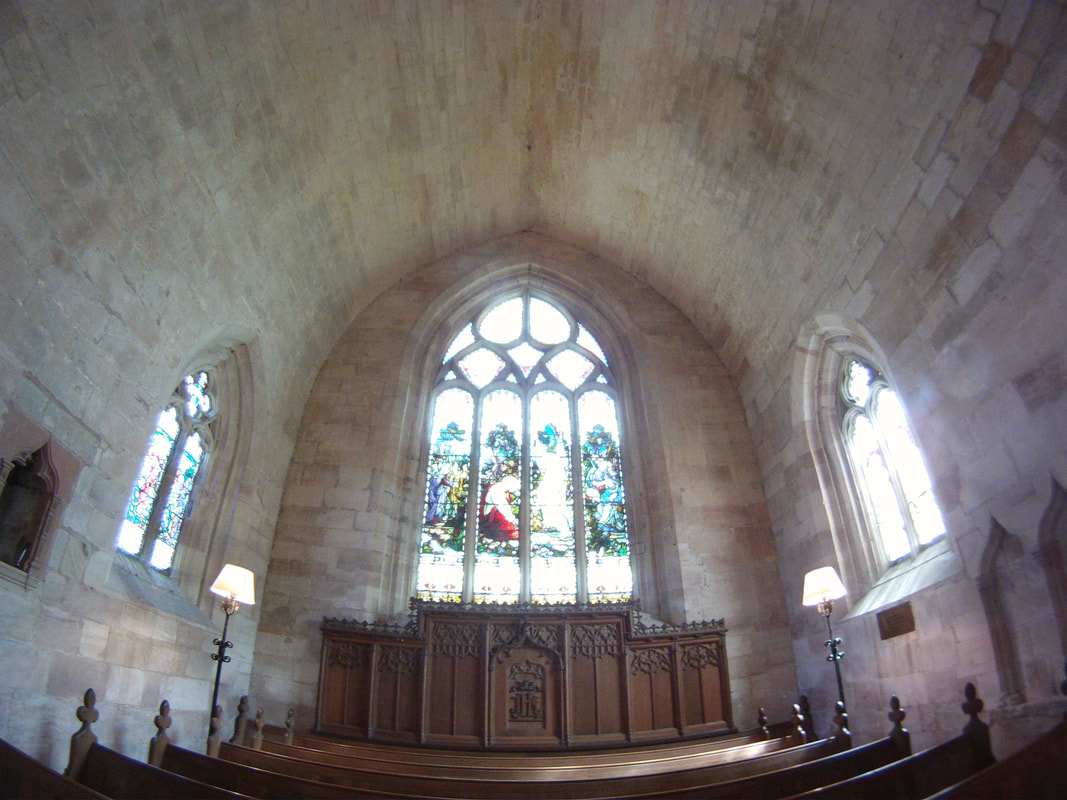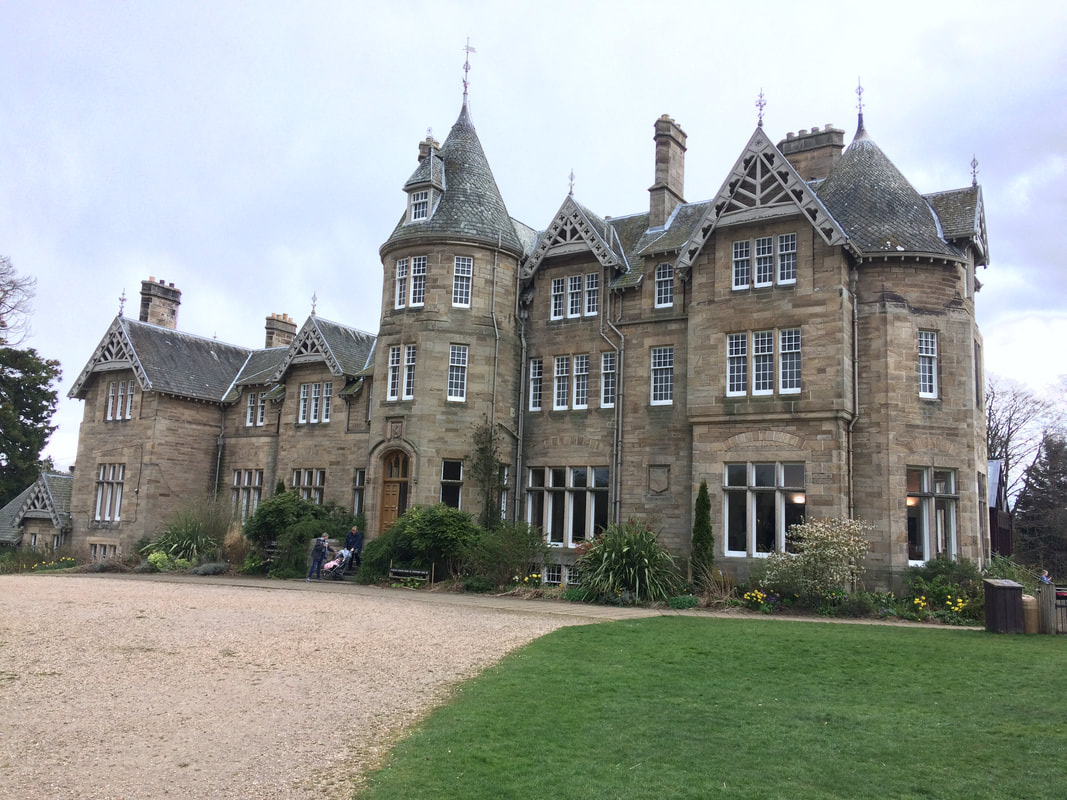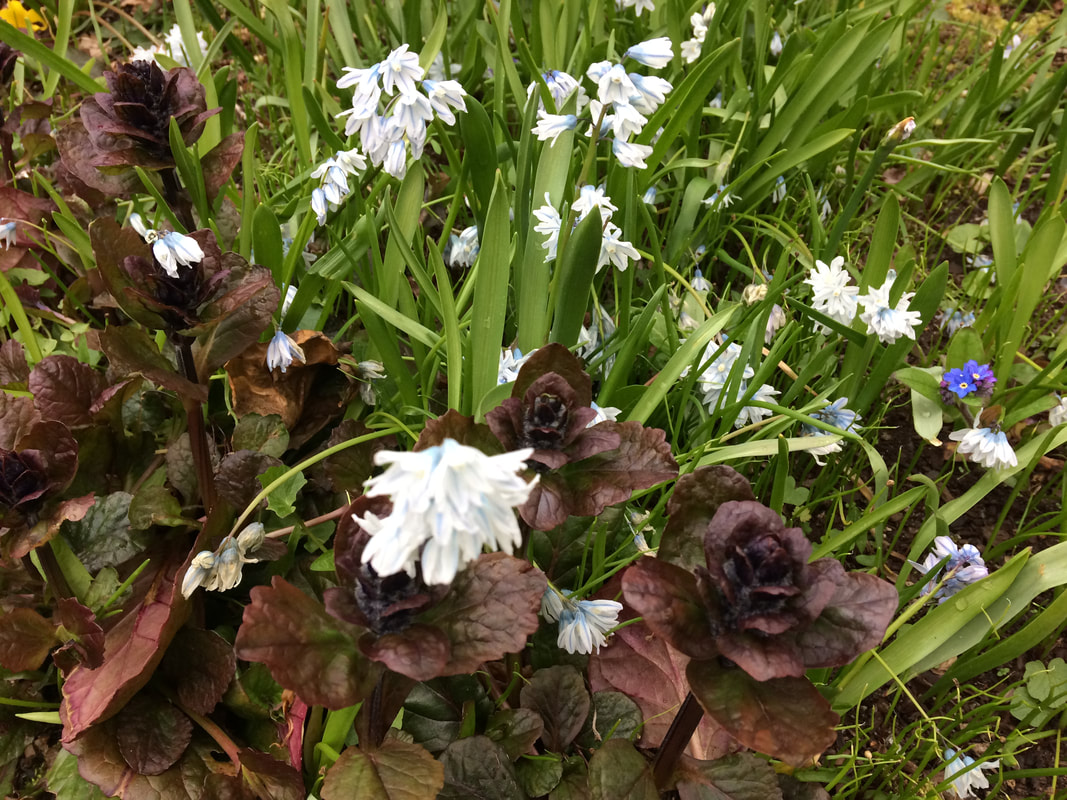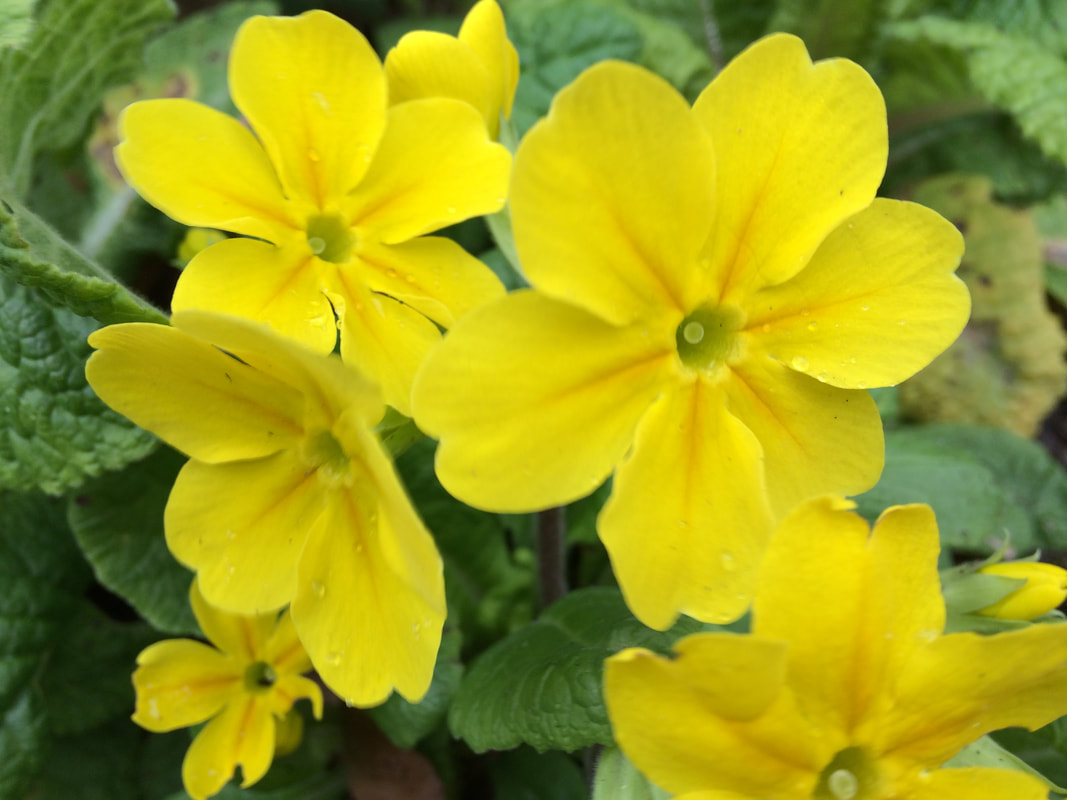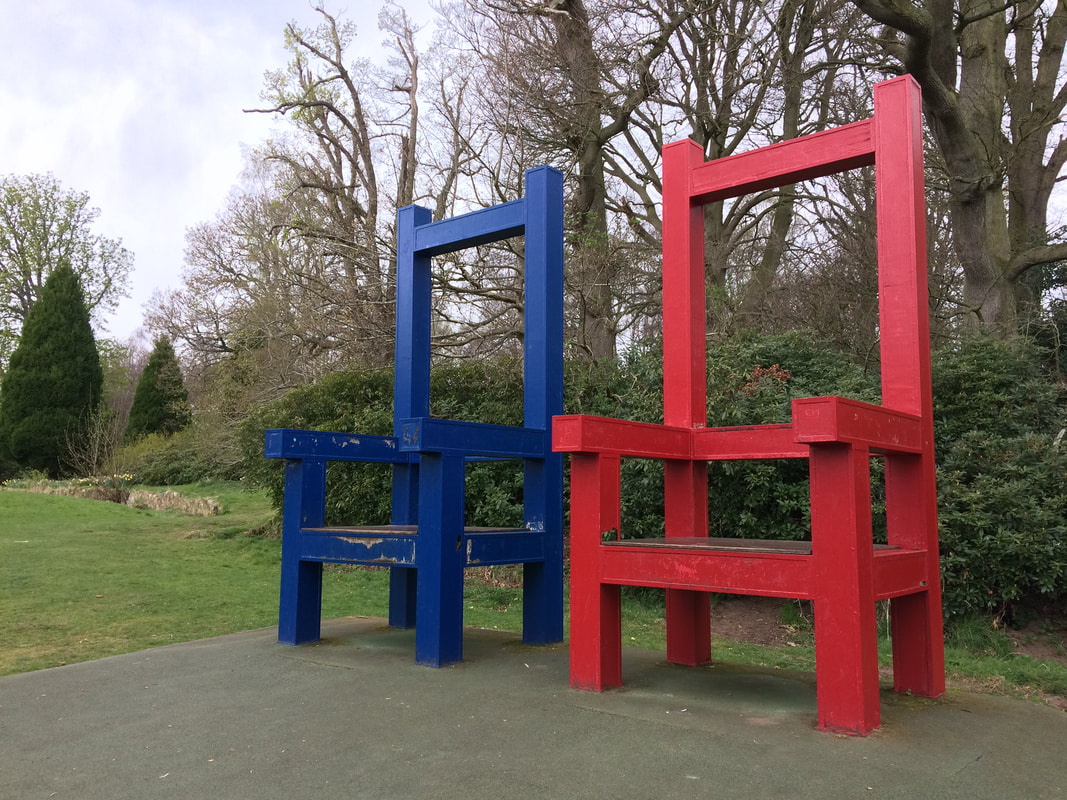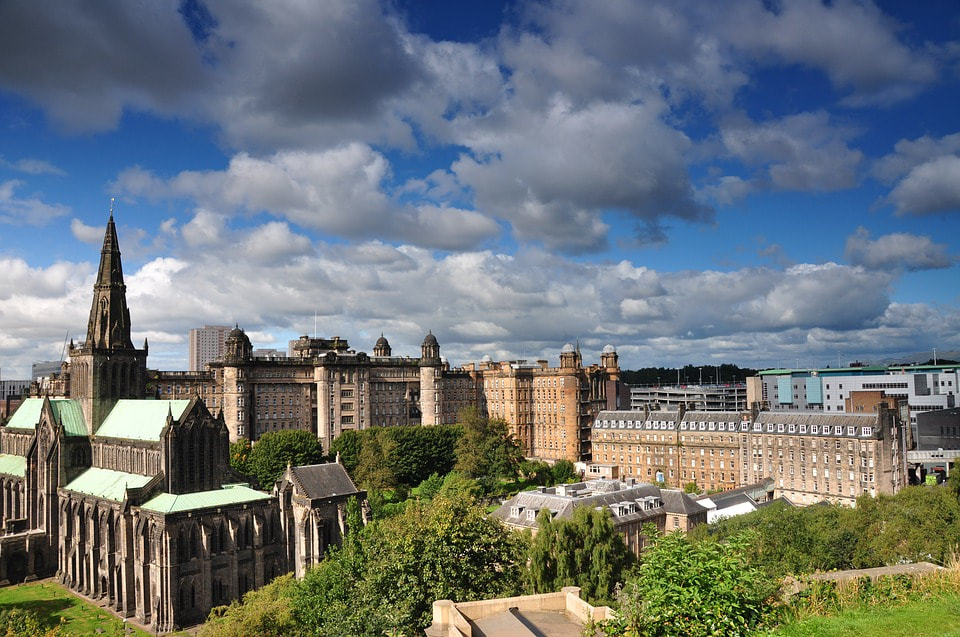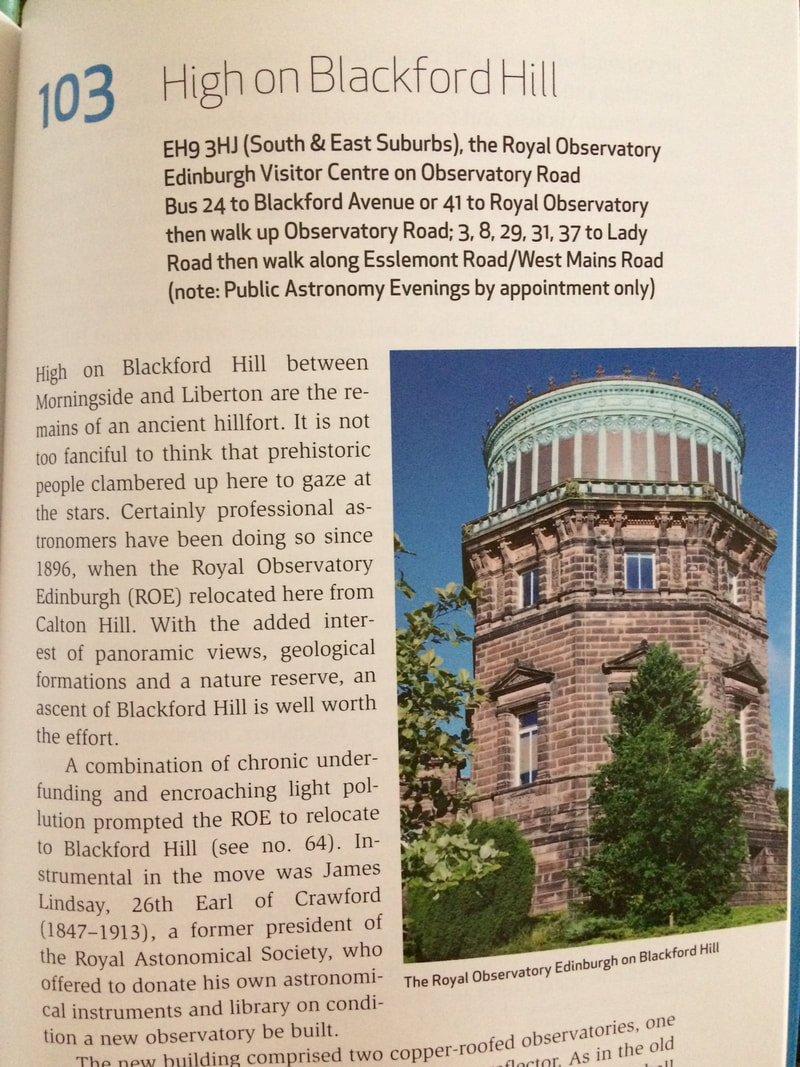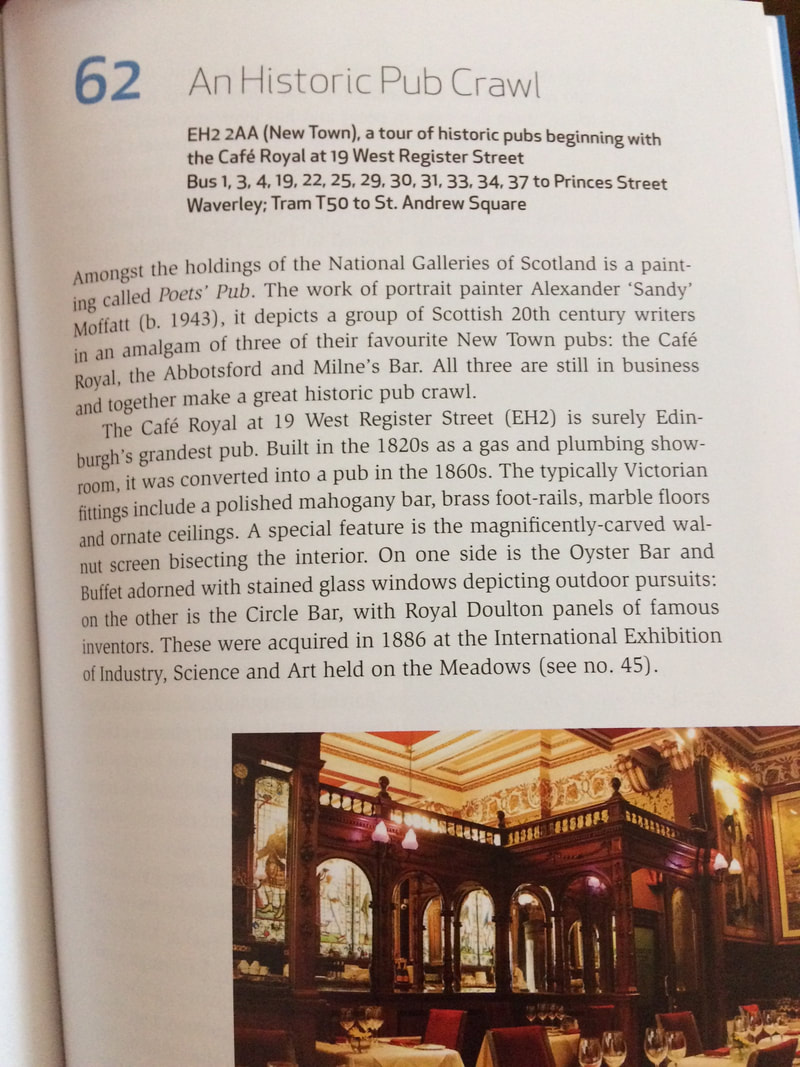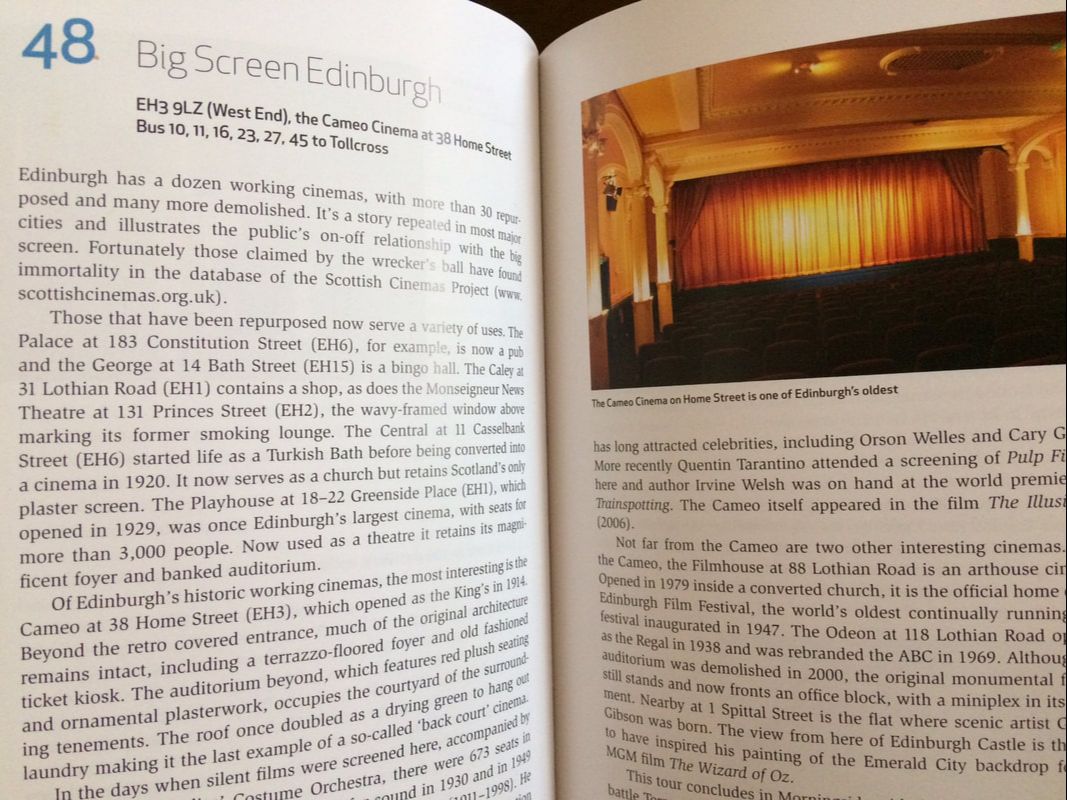|
Cycling holidays are one of the best ways to see a new destination and really soak up the atmosphere. There are no hot and stuffy vehicles to worry about, you can avoid the traffic and you can explore at your own pace, whether you’re stopping off to join a wine tasting or you want to enjoy the local cuisine. Whether you’re new to the sport or you’re a hardcore cycling enthusiast, these are some of the best countries to check out when planning your summer cycling getaway.
Italy Italy has gorgeous scenery, dotted with coastal views, in-land vineyards and charming villages. The Aeolian Islands are a volcanic archipelago off the coast of Sicily where you can ride the verdant green hills of Lipari, or you may prefer to explore the Dolomites – a mountain range in northern Italy with a varied terrain and unforgettable views. If you don’t mind going uphill, the village of Corvara is well worth a visit which offers up the Sellaronda loop and its selection of elevated passes. Spain Spain is incredibly popular for cycling holidays as the geography of the country lends itself well to a mix of long climbs and flat-riding for the in-between rest days. It’s a very varied country with several smaller islands to add to the list of possible locations, such as Girona, Calpe and Mallorca. The Costa Blanca and Alicante region is particularly great for cycling – it has a warm year-round climate and a range of lengths and gradients to suit all abilities. Why not look into car hire in Alicante airport to make navigating and exploring easier on your rest days between cycling? South Africa The stunning scenery in South Africa really sets it apart from many other locations and the roads that wind through it are well documented for being great for cycling. Not to mention, the weather makes for a great getaway during the summer months. There’s plenty of sightseeing to take in while you’re in Cape Town, from Table Mountain to the penguin colonies on the beach, as well as coastal cycle routes which offer up vineyards, fruit farms and breath-taking vistas. Vietnam A dream for end-to-end cyclists, Vietnam is a beautiful mix of palm-fringed beaches, rolling green landscapes, ancient imperial cities and fantastic cuisine. This is one for cyclists who are looking for a more of a challenge – heading from Ho Chi Minh City to Hanoi is an experience you’ll never forget. From visiting the port town of Hoi An to taking in the spectacular views of the inimitable Halong Bay and Hanoi’s old quarter, Vietnam is a place that will ignite all the senses. Portugal Situated to the west of Spain, Portugal is becoming increasingly popular for cycling holidays thanks to the range of terrain, great climate and culture to be found here. Cycling through Portugal is the perfect way to get to know this interesting country, particularly the less built-up areas, so you’ll get to experience the vineyards, enchanting villages and fresh Mediterranean cuisine in all their glory. This is a guest post
0 Comments
Just a 25 minute train journey from Edinburgh and you are deposited onto quiet country roads that feel much further from the city than they are. A four mile cycle and a short hike brings you to a wonderful castle in an isolated location.
Highlights of this Cycling Route:
Take a Train to Gorebridge
Gorebridge is a stop on the Borders Railway. It takes about 25 minutes from Edinburgh Waverley. When I got off the train I found a small station garden with spring flowers. Nearby is the 'Station Garage' that has a vintage-style sign. It made me imagine that it was the 1930s and there were cars, like Austins and Morris', inside being attended to by mechanics wearing peak caps. Another mark of Gorebridge's past was the house, in the village centre, with the faded 'dairy' sign on it.
Gorebridge has all the hallmarks of a commuter town. It was very quiet because everyone was at work in the city. I cycled passed housing estates, several under construction, presumably to take advantage of the new rail link.
Into the Countryside It was not long until I found myself on single-track roads, surrounded by fields and views of the Pentland Hills. There were daffodils brightening the verges and sheep in the fields. I sat on the side of the road and ate a croissant. It was utter peace; not one car passed me. I loved it here. Such a short distance from the capital and it was possible to be alone like this. Who would have thought it?
This area has a little network of farm roads that you can explore, so this is great for a quick fix of biking escapism.
A word of warning- there are a lot of hills, but these are compensated for by fun descents. Speeding to the Castle One of those descents happens when you get first sight of the castle. You reach the top of a hill then drop down and all of a sudden the majestic castle comes into view, on the right-hand side (check out my video that features this fast descent). It sits in a valley, surrounded by a barren, grassy landscape. The downhill is incredibly fast and you will zoom past this castle view unless you pull the brake levers and slow it down. The road ended at a field of yellow rapeseed where I turned right to reach the castle. The bike must be left behind as the final approach to the castle is by foot, about 600 meters.
Splendid Isolation
This castle looks mightily impressive and I couldn't stop staring at its imposing walls, turrets and windows. I suppose all Scottish castles look pretty amazing, but there was something about this one that really struck me. It had presence. When you dream of a ruined Scottish Castle it probably looks something like this and you presume it to be somewhere deep within the highlands, not this close to the capital city. This isolated location, so close to Edinburgh, makes this a special experience. I walked up to the walls and put my hands on them. They felt sturdy, but soft. This is sandstone and is easier for stonemasons to carve. The stone carving is one of the standout features of this castle.
In the courtyard the columns supporting the archways are stunning and look like something you would find in an abbey cloister. The most distinctive feature is the diamond-carved wall that looks like something you would see in a 1970s shopping centre, but was actually very stylish in the late sixteenth century. It was installed by the Earl of Bothwell who had seen an Italian palace with a similar design.
The castle has a very special staircase. It is straight. 'Big deal!', I hear you say. Well, look at the stairs in any Scottish castle and the chances are that it is spiral. Crichton was the first castle in Scotland to have a straight staircase.
When it comes to Scottish castles there is one question that always comes up. Does it have a connection with Mary Queen of Scots? And, yes, Crichton does! She attended a wedding here. The castle was first built by the Crichtons in the 14th century. They were an influential family- William Crichton was Chancellor of Scotland. When ownership of the castle passed to the Earl of Bothwell this is when the extravagances like the diamond wall were added. He was also responsible for the building that is adjacent to the castle.
I thought that this other building was a chapel, but I was surprised to discover that it is a stable. It is so elegant that it is hard to believe this was a mere home for horses. Look up at the horseshoe shaped doorway. Have you ever seen such elaborate decoration on a stable? The Earl of Bothwell wanted the world to know that he was wealthy enough to lavish attention on his stables.
Crichton Collegiate Church
At the start of the walking path that leads to the castle there is a gorgeous church, also built by the Crichtons. Collegiate churches were commonly established by devoted wealthy families in order to have a team of priests praying for their souls. There were about 40 such churches in Scotland. In 1449 the Crichton family built this church and paid for a provost, eight priests, two choirboys and a sexton to work in it.
There was beautiful cherry blossom in the churchyard and the door to the church had ironmongery in the shape of a thistle. It was locked, but a man appeared and invited me in. "The choir are about to start rehearsing, but come in."
I was immediately impressed by the windows, "Yes," said my host. "It's very well endowed with stained glass for a church in the middle of nowhere." The height of the ceiling is incredible because I did not expect this from how small the church looks from the outside. It gives it the stature of a cathedral.
The kind man gave me a newsletter to take away, "this is what we're about." I read about the services and concerts, including one that was part of the Edinburgh International Festival. There was also a visit from one of Britain's leading lichenologists who had discovered 160 different species of lichen on the church and the gravestones!
Coffee at Vogrie Country Park There is no cafe at Crichton Castle, but there is a place nearby. Vogrie Country Park is just 2.8 miles away. I took the road back the way I came, so this meant a steep uphill then a howling downhill. I used the single-track roads as far as I could to avoid using the the B6372. This meant more uphills, but the views of the Pentland Hills were simply stunning. I saw a rabbit scamper across the road and a deer hiding in the trees. The cafe is inside Vogrie House. This is a magnificent Baronial building and there are some original architectural features to lookout for whilst you have your coffee, such as the carved faces on the roof beams.
The park and the cafe are very much child friendly, so be prepared for lots of noise! There is a children's soft pay area in the cafe. There is a good menu and I have to say that the Malteser slice was the best I ever tasted- it had a layer of caramel goo that was spectacular.
I had a walk around the park. There are ponds, woods and lots of bright flowers. There is even a miniature railway (open only on Sundays).
There was a short, heavy rainfall, but afterwards it felt so fresh and the sun came out. I love that after rain feeling, like the place has just had a good clean. I think it is a similar feeling to crawling into a bed with brand new clean sheets.
Leaving the park I cycled 3/4 mile down a forest trail to Newlandrig. The trees and plants sparkled like silver after the rain. It was magical. This path meant that I could avoid the B6372 road for a bit, but once on this road it was fine. The traffic volume was average, but newer cyclists may not be comfortable with this road. It is about 2 miles to get back to Gorebridge Station from the park. For more cycle journeys in Midlothian head to my Edinburgh and Midlothian page. For many cyclists, Glasgow is considered to be one of the most cycle-friendly cities in the world. Using bike routes like the Red Tunnel, more people are navigating the city on two wheels and getting healthier at the same time. If only its infrastructure could finally catch up with the growing number of regular cyclists in the city, then we would see a huge shift in how people travel. But although Glasgow still needs to build more bike paths, there are already large swathes of the city that can be comfortably traversed on a bike.
For instance, the Strathclyde Business Park cycling route to Hampden Park takes you through scenic and safe roads that run through the heart of Glasgow. As with many bike routes, it’s best to start in the morning, especially since that means there are less cars at the route’s starting point. From here, it’s a moderately difficult ride to Hampden Park, a 10.25-mile journey that takes around an hour. From Strathclyde Business Park, head southeast through Phoenix Crescent and turn right just before the exit to the Bellshill Bypass – a busy road that you definitely do not want to bike on. Instead, take the wide path to the right, just before the bypass. This part of the route offers great views of Glasgow’s green suburban city centre. Head south until you hit the roundabout, from there keep heading south via James Street and Melford Road, past the industrial estate until you reach New Edinburgh Road. Once on New Edinburgh Road, follow it for several miles to the west. To the left you will see some wonderful views of Glasgow, while on the right the small hills of the beautiful Viewpark Gardens. Another advantage of the westbound bike ride in the morning is that for most of the ride you will face the same direction as the sun. This area is where you’ll bike across many of Glasgow’s hidden gems. Head west until the A721 becomes the A74 through Glasgow’s residential neighbourhoods, and then turn left onto the A763. From there go south under the M74 and through Buckingham Park, after which take the Clydesmill Road to the west, past views of the River Clyde, and under a railway bridge until you hit Main Street. Keep following this road west until it becomes Prospecthill Road, and from there you will be able to see Hampden Park to the left, the historic 50,000-seat venue is also the Scottish national football stadium. Hampden Park has a rich history that makes it one of Europe’s major sporting stadiums, and it’s surrounded by bike-friendly paths, local restaurants, and lots of views of Glasgow’s best architecture. It’s without doubt the perfect place to end a cycle ride. Glasgow has a public hire scheme that provides bikes at 53 locations across the city. For anyone who wants to see Glasgow at its finest, on a bike is the best way to go.
When exploring Edinburgh by bicycle, foot, bus or any other means then this book is the ideal companion. It reveals many of Edinburgh's secrets and hidden gems, so is much more interesting than a standard guide. There is a lifetime of exploring contained within these pages. The text is highly engaging and full of fascinating facts.
My initial impression of this book was that it was quite text heavy compared to the usual guide book format of recommendations, listings and maps. However, the text is highly readable and full of riveting information about Edinburgh. It keeps you turning the pages and wanting to know more. What comes across is that there is so much more to Edinburgh than the castle, Princess Street Gardens and the art galleries. Even if you have lived in Edinburgh for many years there are things in this book that will be new to you. The book has 103 experiences. It does cover some well-known attractions, like the castle, but it explores the lesser-known items, the hidden gems within these attractions. But the main focus of the book is on places and experiences that are more unusual and will take you off the beaten path. Some of my favourite experiences are the entry on Victorian swimming pools, the historic pub crawl, the tour of Edinburgh's independent bookshops, the story of Edinburgh' Jews and a visit to the home of the world's first millionaire (Lauriston Castle).
There is an almost endless number of adventures that this book will take you on, including a search for the replica of an American Wild West Street, seeking out a Cold War-era bunker on Corstorphine Hill or admiring 'Edinburgh's Sistine Chapel'. You could plan your weekends around discovering something different in the city and easily plot a cycle route to get there.
Each entry in the book will have you admiring the level of research that must have been involved and you will love sharing your newfound knowledge with friends and family. Although this book is largely about places to see, I loved the fact that it also provides suggestions of places to enjoy food and drink. And these are not the standardised listings that you get in run-of-the-mill guidebooks, but, again, unusual and unique. For example, entry 14 is titled 'Sustenance in Strange Places' and informs the reader about a number of restaurants located in buildings with notable histories and/or interiors. Another entry gives the lowdown on the cafes that J.K. Rowling visited when writing Harry Potter. There is even a page about the former police boxes that have been turned into takeaway coffee outlets. Or how about going for a deep-fried haggis supper from Ian Rankin's favourite takeaway? 'Only in Edinburgh' is a great example of turning the guide book format on its head and making it into something much more readable and inspiring. The author (Duncan J.D.Smith) is The Urban Explorer and has given a similar treatment to books about many other cities, including Berlin, Paris and Prague. For those who are exploring Edinburgh by bicycle the book brings a new twist to your journeys. You could pick a selection of the experiences and then use Google maps to plot your cycle route and don't forget to include one of the eating or drinking places so that you have somewhere for refreshments. Some of the entries in this book feature in my blog: 10 Hidden Gems in Edinburgh You can buy this book from Amazon by clicking on this image: |
|

